Not yet a year into Rory Read’s term and the AMD board must be considering that the value of the x86 patents and engineering talent is worth much more than the stocks $3B valuation and easier to fathom putting on the auction block than continuing to sell $25 processors into the back channels of China and the Developing World. As I read… Read More
 Simulating Quantum Computers. Innovation in VerificationQuantum algorithms must be simulated on classical computers…Read More
Simulating Quantum Computers. Innovation in VerificationQuantum algorithms must be simulated on classical computers…Read More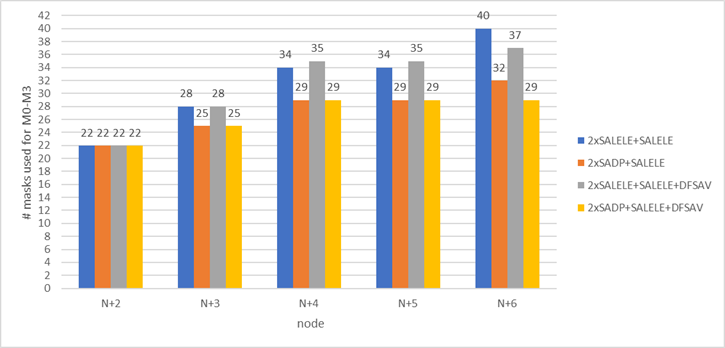 Kirin 9030 Hints at SMIC's Possible Paths Toward >300 MTr/mm2 Without EUVEarlier this month, TechInsights did a teardown of…Read More
Kirin 9030 Hints at SMIC's Possible Paths Toward >300 MTr/mm2 Without EUVEarlier this month, TechInsights did a teardown of…Read More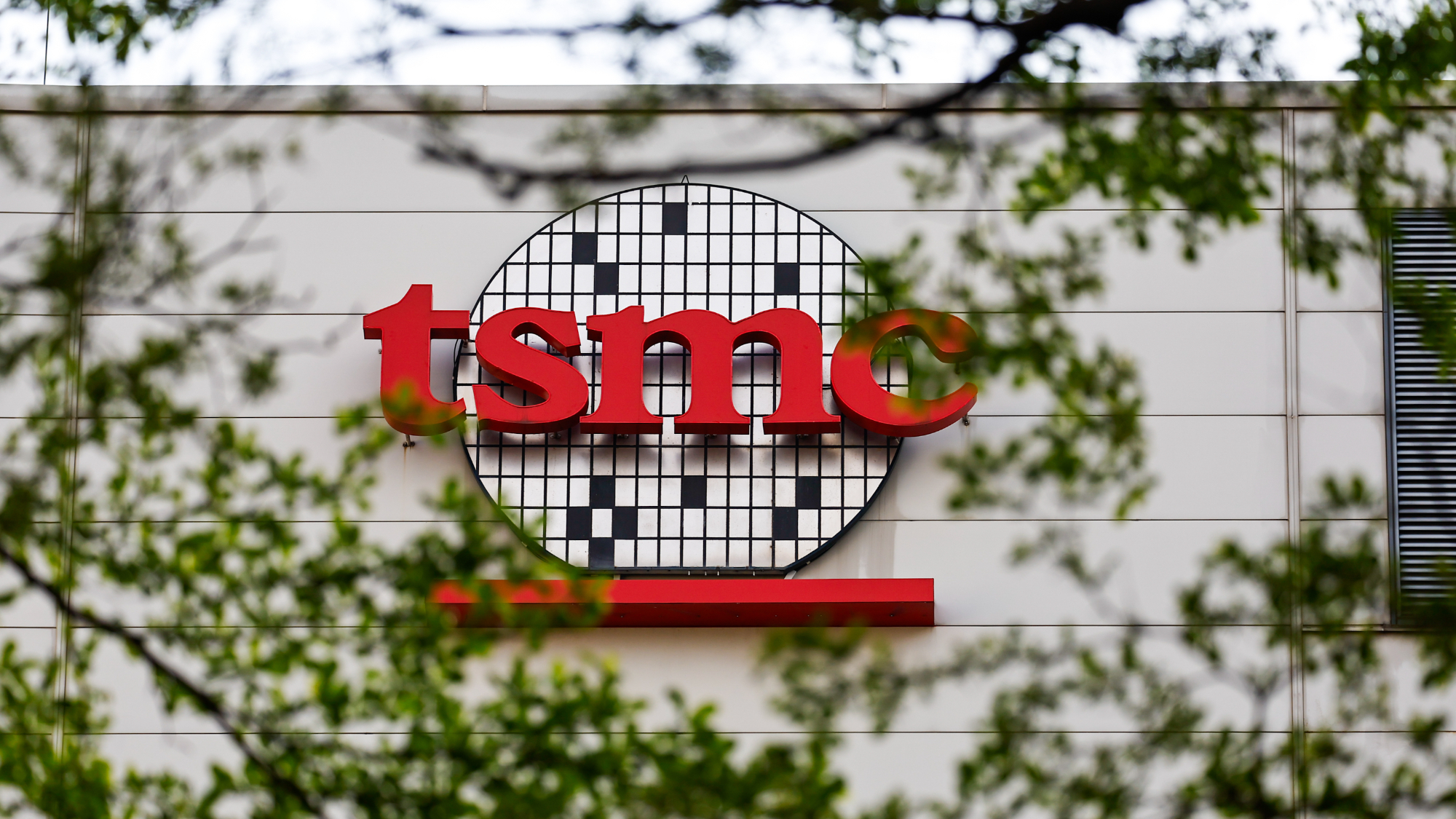 Why TSMC is Known as the Trusted FoundryTaiwan Semiconductor Manufacturing Company (TSMC) is widely regarded…Read More
Why TSMC is Known as the Trusted FoundryTaiwan Semiconductor Manufacturing Company (TSMC) is widely regarded…Read More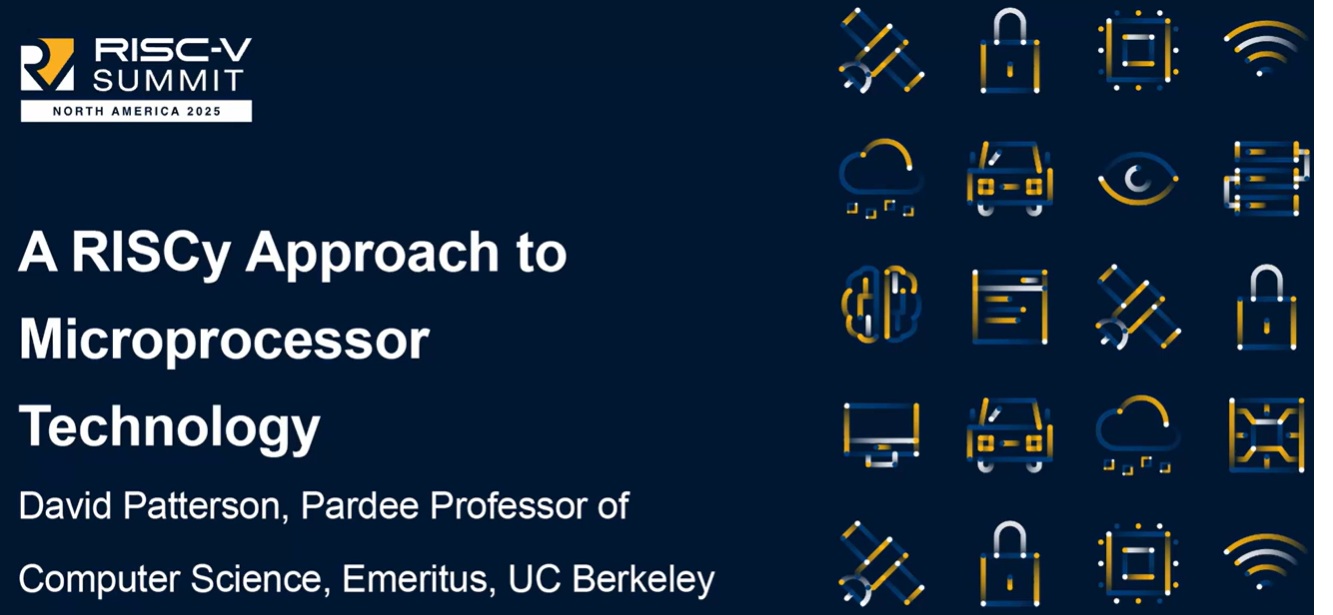 Journey Back to 1981: David Patterson Recounts the Birth of RISC and Its Legacy in RISC-VIn a warmly received keynote at the RISC-V…Read More
Journey Back to 1981: David Patterson Recounts the Birth of RISC and Its Legacy in RISC-VIn a warmly received keynote at the RISC-V…Read More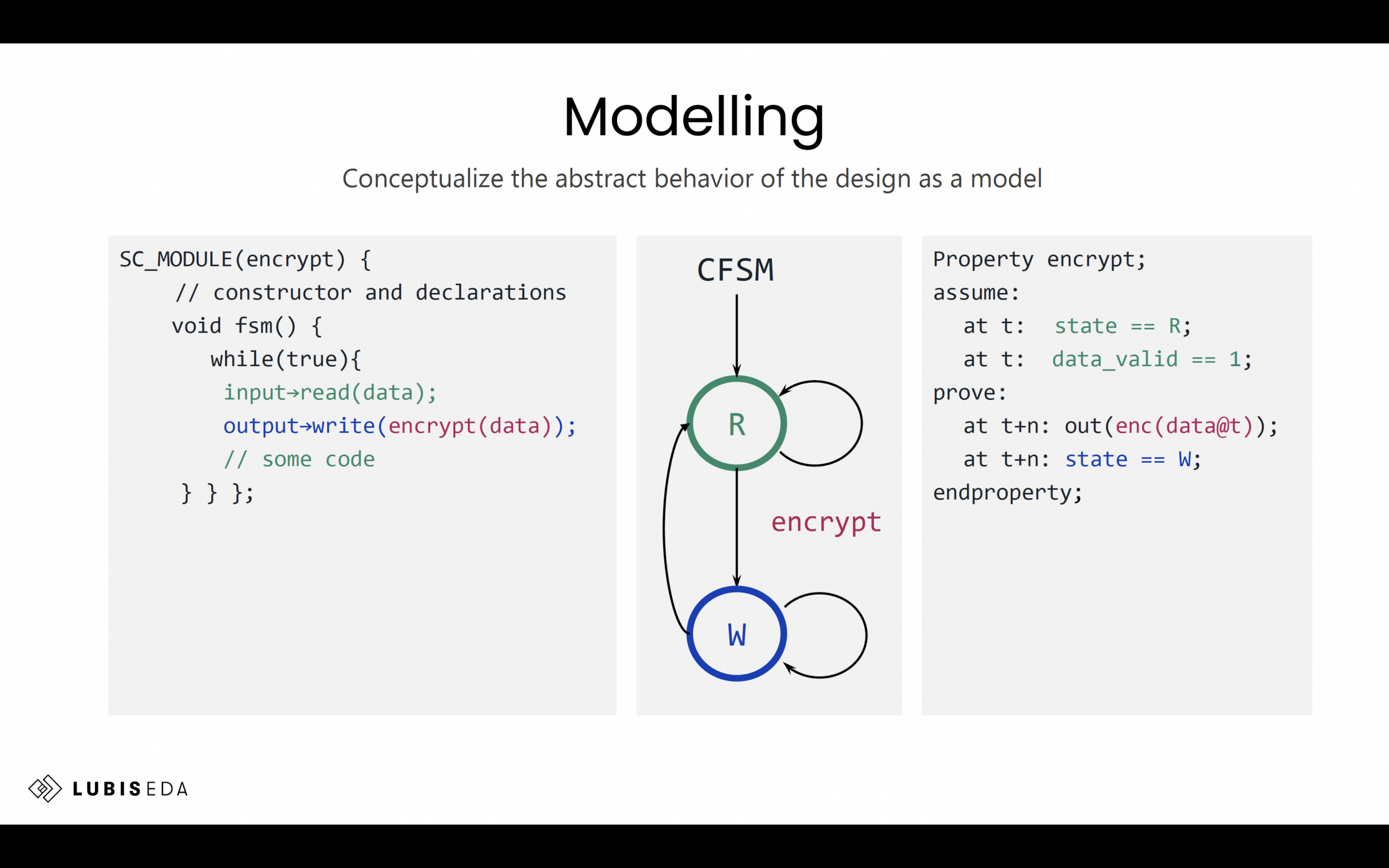 Assertion-First Hardware Design and Formal Verification ServicesGenerative AI has transformed software development, enabling entire…Read More
Assertion-First Hardware Design and Formal Verification ServicesGenerative AI has transformed software development, enabling entire…Read MoreThe Unknown in Your Design Can be Dangerous
The SystemVerilog standard defines an X as an “unknown” value which is used to represent when simulation cannot definitely resolve a signal to a “1”, a “0”, or a “Z”. Synthesis, on the other hand, defines an X as a “don’t care”, enabling greater flexibility and optimization. Unfortunately, Verilog RTL simulation semantics often… Read More
Tensilica Joins Wi-Fi Alliance
The Wi-Fi Alliance is an industry consortium dedicated to driving adoption of the various Wi-Fi standards which also go under the rather less catchy name of IEEE 802.11x (where the x varies depending on the generation of the standard, right now a, b, g or n). They also certify devices for interoperability.
Wi-Fi Alliance says that… Read More
SemiWiki.com Analytics Exposed 2012
About 4 years ago some of my semiconductor cohorts urged me to blog. “Hey Dan, you’re a funny guy, write about EDA and IP, make us laugh!” Of course what I think is funny most people think is snarky, which is a nice word for being a smart ass. The traditional semiconductor press was crumbling, the non traditional EDA websites were outdated,… Read More
NVM IP: why only anti fuse solution from Novocell Semiconductor is 100% reliable?
The concept of Non Volatile Memory (NVM) block which could be integrated into an ASIC is relatively recent, Novocell for example has been created in 2001. NVM IP integration into an ASIC is a pretty smart technology: integrating from a few bytes to up to Mbits into a SoC can help reducing the number of chips in a system, increase security… Read More
Addressing the Nanometer Digital Design Challenges! (Webinars)
Optimizing logical, physical, electrical, and manufacturing effects, Cadence digital implementation technology eliminates iteration without sacrificing design quality by addressing timing sensitivity, yield variation, and leakage power from the start. … Read More
Synopsys Protocol Analyzer Video
Josefina Hobbs, a solutions architect at Synopsys, demonstrates protocol debug made easy using the Synopsys Protocol Analyzer. This gives users a graphical view of the transfers, transaction, packets and handshaking of a protocol. The video also shows the integration of Synopsys Protocol Analyzer with SpringSoft’s… Read More
Parasitic-Aware Design Flow with Virtuoso
I learn a lot these days through webinars and videos because IC design tools like schematic capture and custom layout are visually oriented. Today I watched a video presentation from Steve Lewis and Stacy Whiteman of Cadence that showed how Virtuoso 6.1.5 is used in a custom IC design flow:… Read More
Addressing the Nanometer Custom IC Design Challenges! (Webinars)
Selectively automating non-critical aspects of custom IC design allows engineers to focus on precision-crafting their designs. Cadence circuit design solutions enable fast and accurate entry of design concepts, which includes managing design intent in a way that flows naturally in the schematic. Using this advanced, parasitic-aware… Read More
Jasper Customer Videos
Increasingly at DAC and other shows, EDA companies such as Jasper are having their customers present their experiences with the products. Everyone has seen marketing people present wonderful visions of the future that turn out not to materialize. But a customer speaking about their own experiences has a credibility that an EDA… Read More



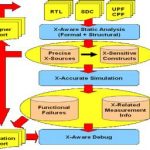


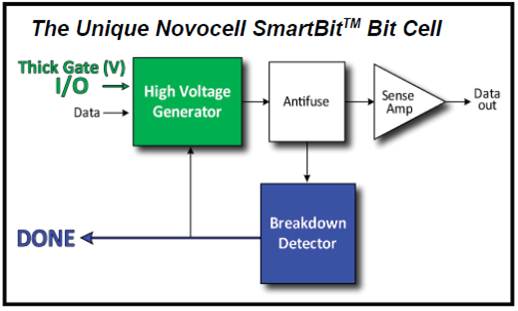

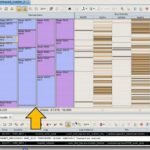
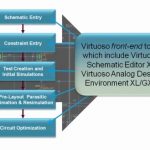
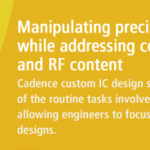
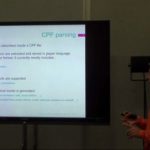
Quantum Computing Technologies and Challenges